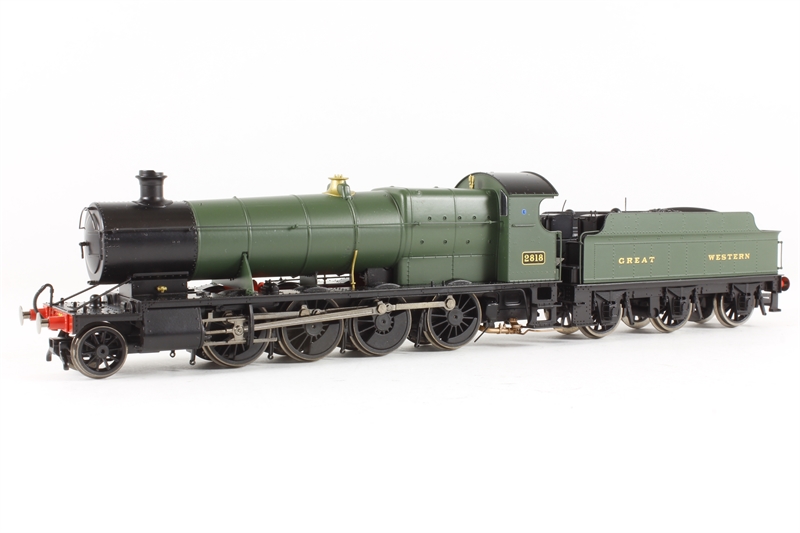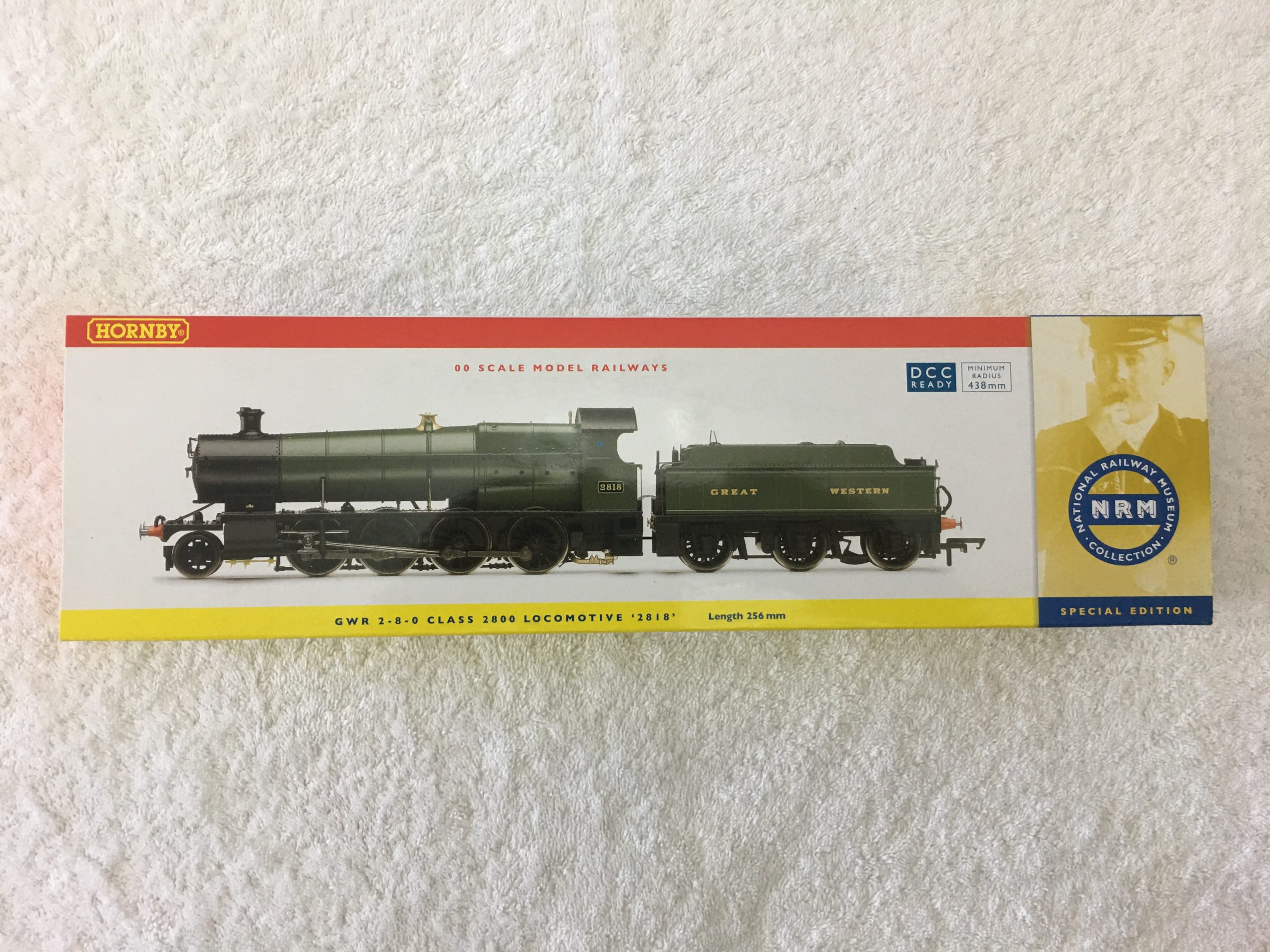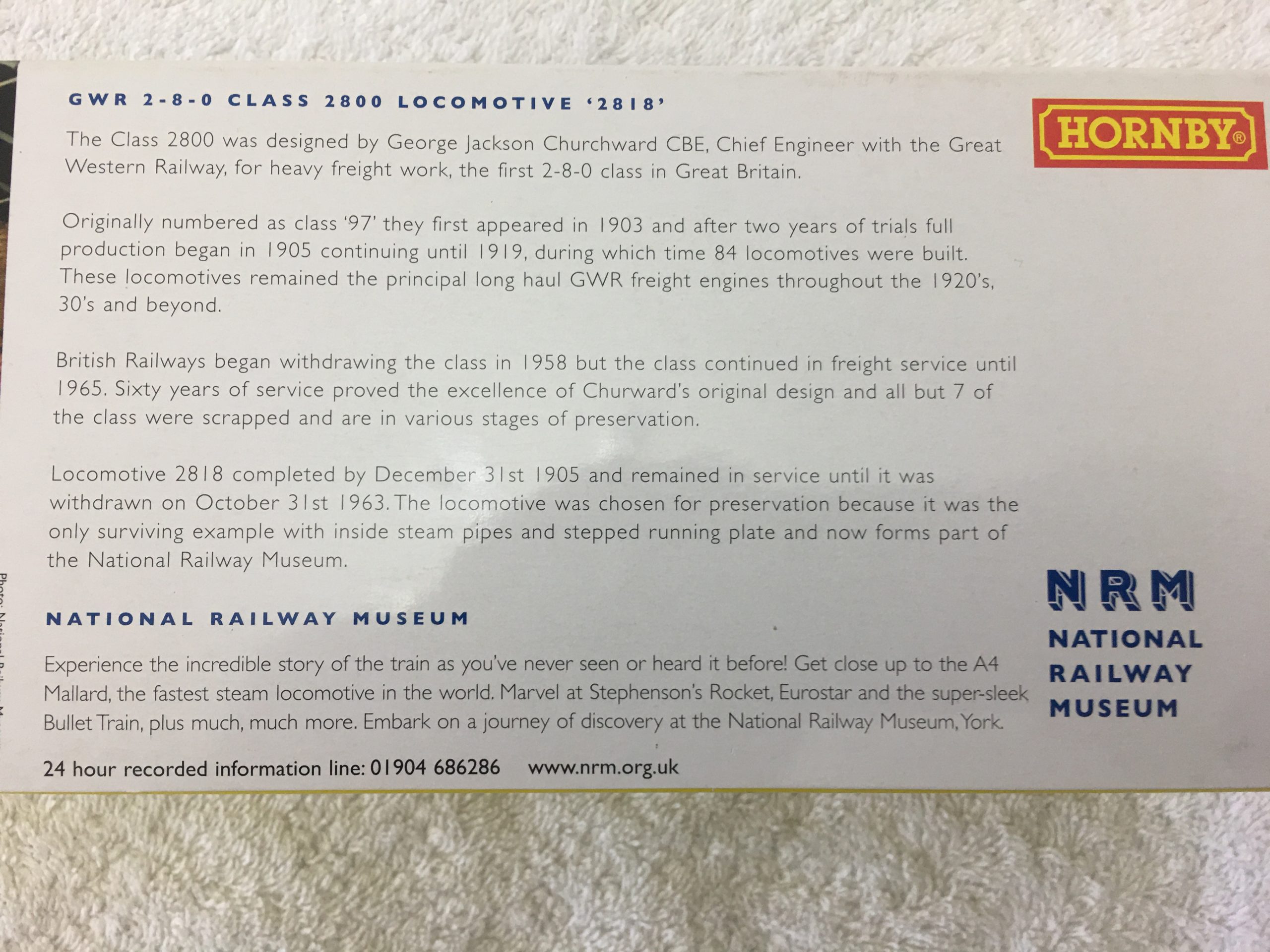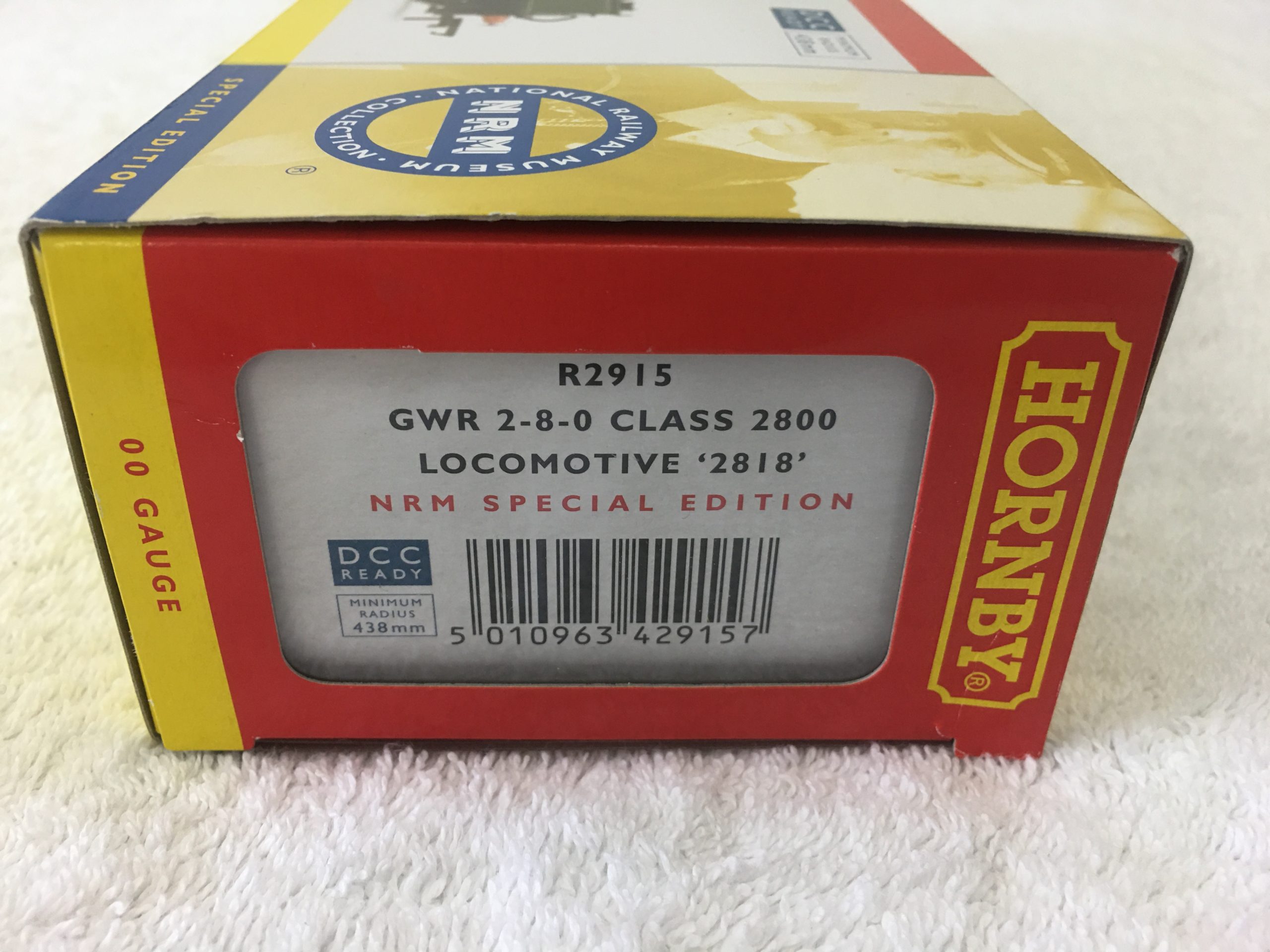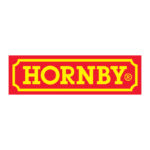You are here:
Hornby R2915 GWR 2-8-0 2818 NRM Special Edition
Hornby R2915 GWR Green Livery 2-8-0 2818 NRM Special Edition DCC Ready
Out of stock
Description
Hornby R2915 GWR Green Livery 2-8-0 2818 NRM Special Edition DCC Ready
Model Specification
OO Gauge 1:76 Scale 2800 class 2-8-0 2818 in GWR green with Great Western lettering DCC ready (As preserved at NRM) DCC Ready. 8-pin socket
History
The Great Western Railway (GWR) 2800 Class is a class of steam locomotive.
The class was designed by G.J. Churchward for heavy freight work. They were the first 2-8-0 locomotive in Great Britain.
The prototype, originally numbered 97 but later renumbered 2800, appeared in 1903. Construction of the production series commenced in 1905 and continued until 1919. The 2884 Class which appeared in 1938-1942 was developed from the 2800 class and is sometimes classified with it.
Prototype
No.97 undertook two years of trials before going into production. Initial results suggested that only the front end needed further development. Initially, the boiler pressure of the 2-8-0 was set at 200 lbf/in2 (1.4 MPa) with 18-inch (457 mm) diameter cylinders. Tractive effort started out at 29,775 lbf (132.45 kN) but was increased substantially in the production engines by enlarging the cylinder diameter to 181?2in (470 mm) and raising the steam pressure to 225lbf/in2 (1.55MPa). The 81?2 in (216mm) piston valves were enlarged to 10in (254mm).
Production
The most visible difference between No.97 and the first of the 1905 production batch was the higher pitch of the boiler (8ft 2in or 2.49m opposed to 7ft 81?2 in or 2.35m). At first, the prototype was given a 4,000-imperial-gallon (18,000 l; 4,800 US gal) tender but almost without exception, the 2800s were harnessed to the 3,500-imperial-gallon (16,000 l; 4,200 US gal) variety throughout their working lives. Superheating was incorporated into the class from 1909 with No.2808 the first to be retrofitted. Other modifications centred on improving the weight distribution, altering smokebox lengths, and fitting larger diameter chimneys. The 84 2800s built by Churchward remained the GWR’s principal long-haul freight engines throughout the 1920s and 1930s. The only serious problem met within traffic was with the sealing of the internal steam pipes. Beginning in 1934 most of the class had them replaced with the outside kind.
Oil firing
Between 1945 and 1947, coal shortages caused GWR to experiment with oil-fired 2800 locomotives and 12 of the 2800 class were converted. They were renumbered into the 4800 series, which necessitated re-numbering the entire 4800 class autotanks into the 1400 series and reclassified as 1400 class. The experiment encouraged by the government was abandoned in 1948 once the extra maintenance costs were calculated and the bill had arrived for the imported oil.
Accidents and incidents
- On 6 January 1932, locomotive No. 2808 was hauling a freight train was in collision with a milk train at Didcot East Junction. The locomotive was extensively damaged. Ten wagons were destroyed and seventeen more were damaged. The milk train had overrun signals.
- On 15 January 1936, locomotive No. 2802 was hauling a freight train that became divided at Shrivenham, Oxfordshire. An express passenger train collided with the rear portion of the freight due to errors by the guard and signalman. Two people were killed.
Additional information
| Weight | 1200 g |
|---|---|
| Brand | Hornby |
| Condition | New |
| Scale | OO/HO Gauge |
Related Products
Related products
-
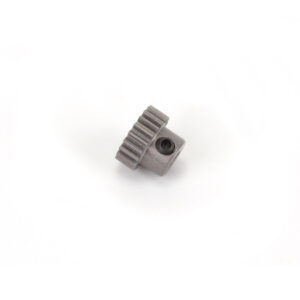
Schumacher U3425 PINION HARD ALLOY 48DP – 25T
£3.99Out of stock

